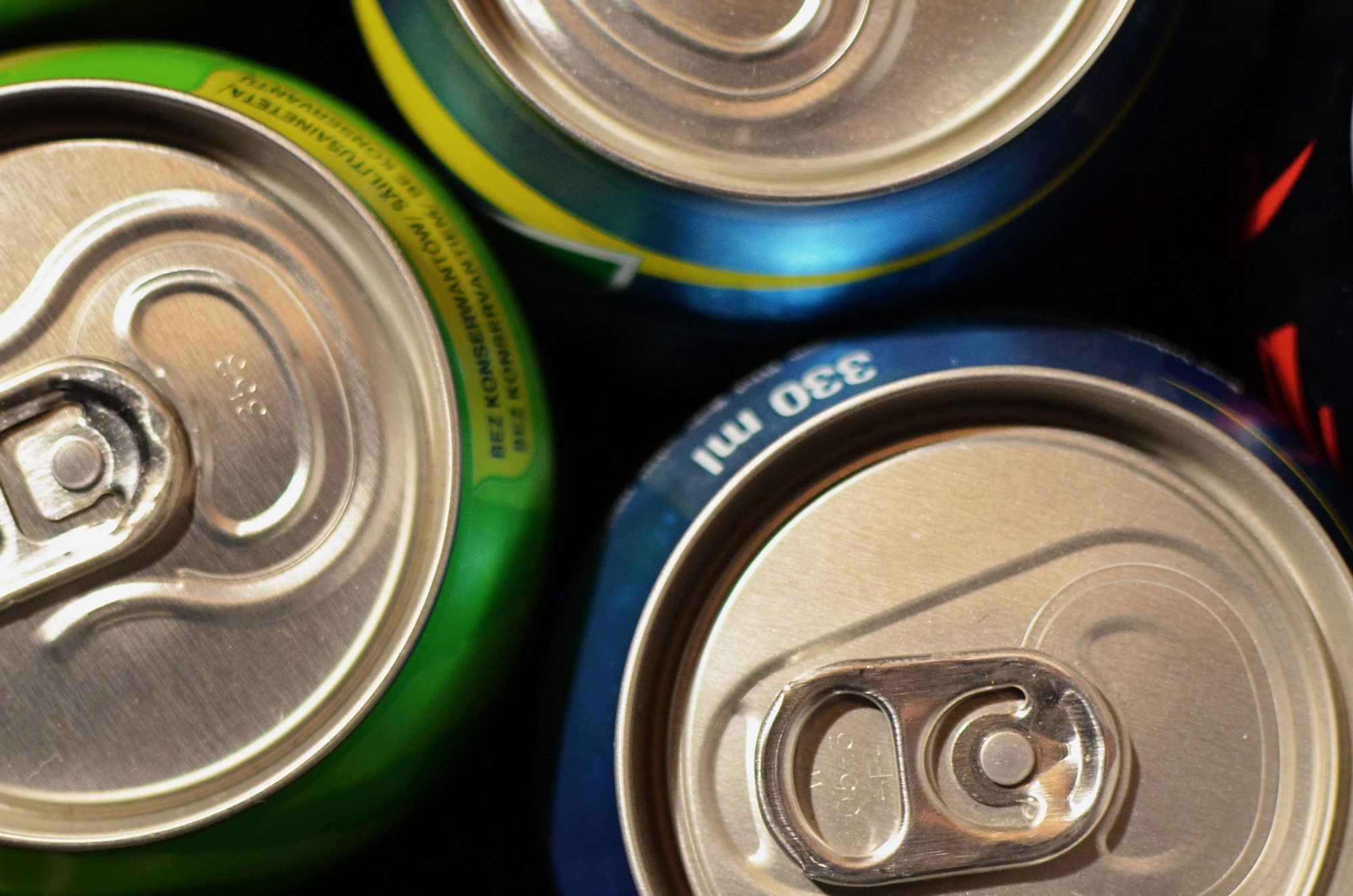
What is a Deposit Return System (DRS) and How Does it Work?
Quick Summary
-
A Deposit Return System (DRS) is a policy tool used to boost recycling rates by incentivizing container returns.
-
Consumers pay a small deposit when purchasing drinks, which is refunded upon returning the empty container.
-
Reverse vending machines (RVMs) automate the return process and enhance convenience.
-
DRS is proven to reduce litter and increase recycling of PET, cans, and glass.
-
Retailers benefit from increased foot traffic and can fulfill environmental obligations efficiently.
-
Envipco supports DRS implementation with a suite of tailored RVM solutions for different retail formats.

Introduction
Plastic bottles in rivers, cans littering parks, glass fragments on sidewalks—these are the visible signs of a broken recycling system. Governments and businesses are turning to Deposit Return Systems (DRS) to combat this. DRS creates a financial incentive for returning drink containers, making recycling a no-brainer for consumers. This article explores what a DRS is, how it operates, and why it matters for retailers, governments, and the environment.
How Does a Deposit Return System Work?
A DRS typically involves three main steps:
-
Deposit Collection at Purchase: A small fee (e.g. €0.15) is added to the price of a drink when sold in a recyclable container.
-
Container Return: Consumers return the empty container to a designated return point—most often a reverse vending machine (RVM) located in stores.
-
Deposit Refund: Once the container is verified, the consumer receives their deposit back via cash, voucher, or digital payment.
This closed-loop model ensures high return rates, minimizes litter, and encourages a circular economy.

Why Are Reverse Vending Machines Crucial to DRS?
Manual returns are time-consuming and error-prone. RVMs streamline the process by automating container recognition, sorting, and refund issuance. They enable:
-
Faster customer throughput
-
Improved data capture for compliance reporting
-
Fraud prevention via AI recognition systems
-
Space optimization with compactors and modular storage
Envipco’s RVM lineup, ranging from the small-footprint Compact model to the high-capacity Quantum unit, adapts to any retail format and throughput demand.
What Are the Benefits of DRS for Store Owners?
Retailers often ask: “What’s in it for us?” The answer lies in multiple operational and strategic advantages:
-
Regulatory Compliance: Participation in DRS is mandatory in many countries. An RVM helps meet legal requirements efficiently.
-
Increased Footfall: Customers returning containers often make additional purchases.
-
Revenue Opportunities: Premium RVMs like Envipco’s Quantum offer screen-based advertising that turns recycling moments into upselling opportunities.
-
Customer Loyalty: A smooth return experience builds trust and repeat visits.
Where Is DRS Being Implemented and How Successful Is It?
Countries across Europe and beyond have embraced DRS, with impressive results:
-
Germany: Achieved over 90% (2024) return rates since DRS implementation.
-
Hungary: Over 1000 RVMs deployed, processing more than 1.6 billion containers in just a few months.
-
Ireland: Marked 1 billion returns within the first year of its scheme.
These systems demonstrate that, with the right infrastructure, consumers will return containers reliably and at scale.
Conclusion
Deposit Return Systems are reshaping the way we think about packaging waste. They incentivize behavior change, simplify recycling, and support regulatory goals. For store owners, DRS is not just an obligation—it’s an opportunity. Whether it’s the streamlined Compact or the revenue-generating Quantum, RVMs are central to making this system work.
